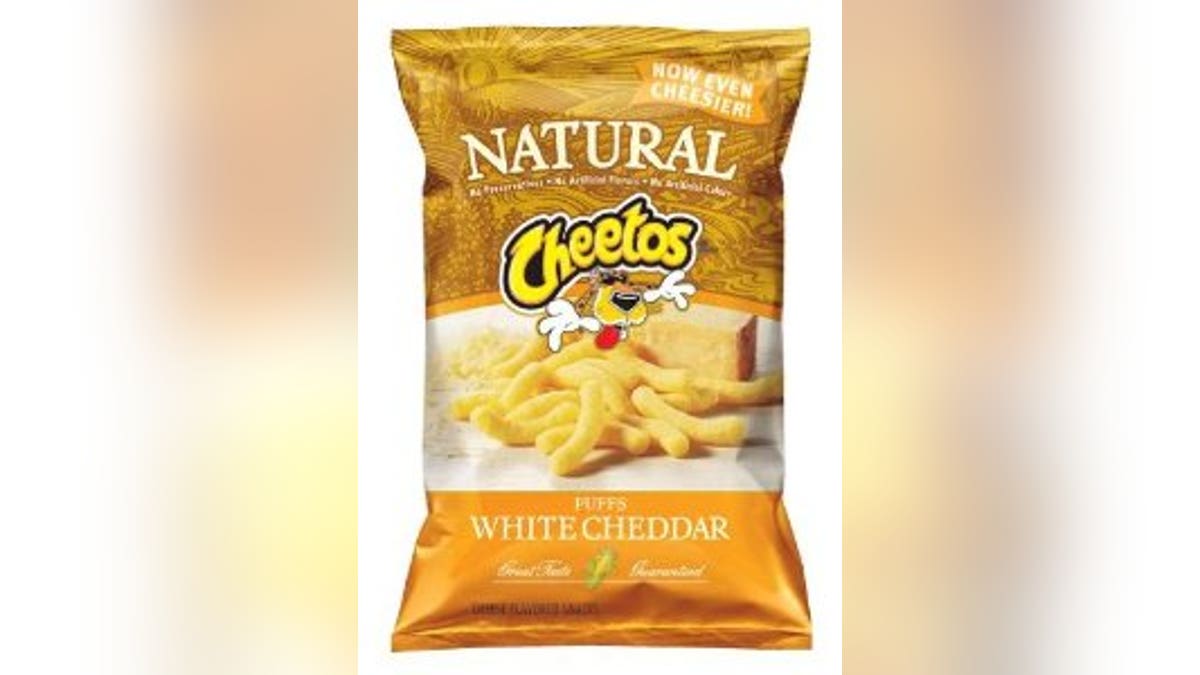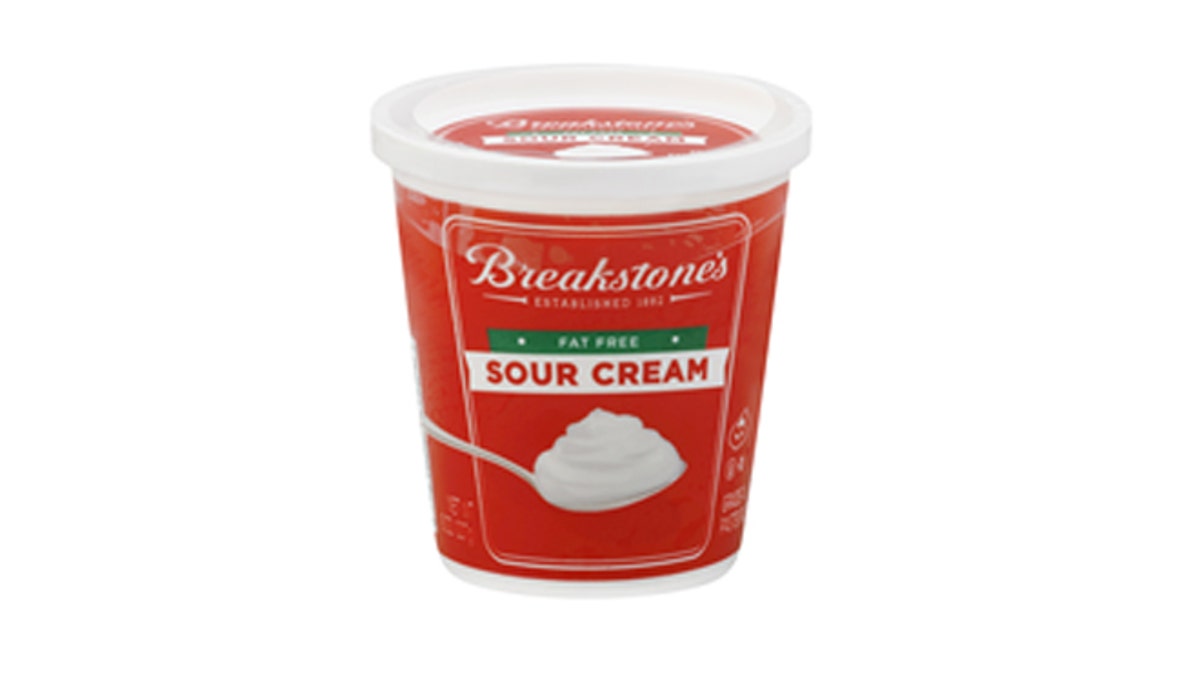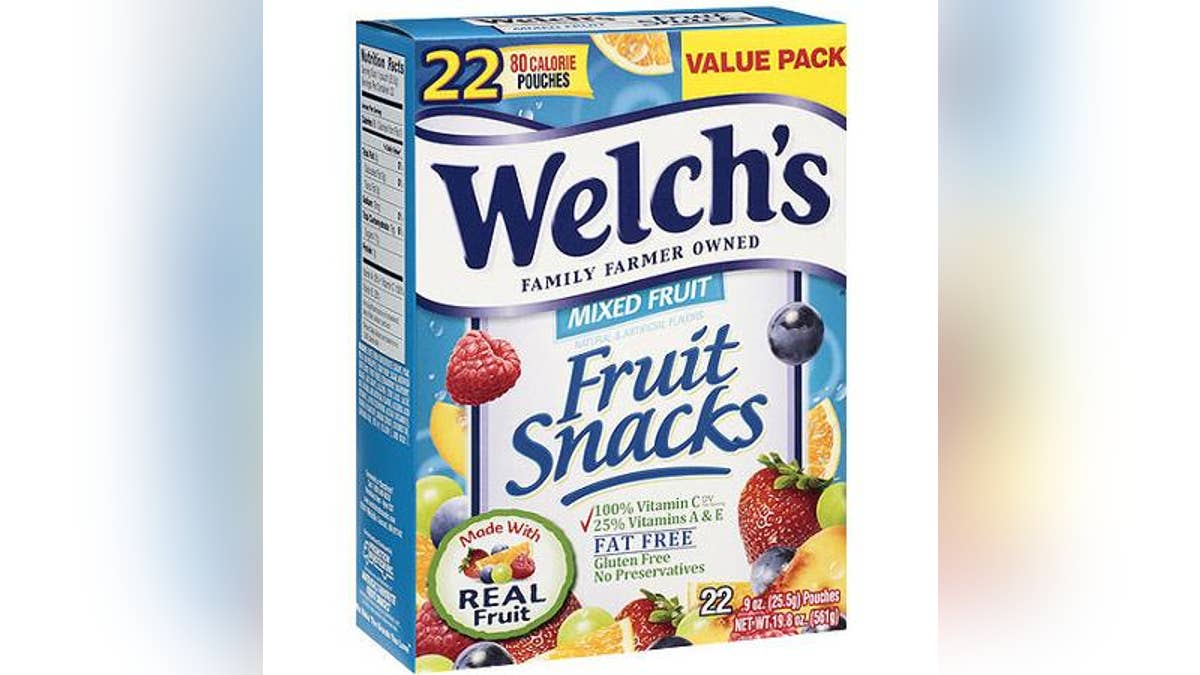When we’re at the supermarket, thousands of different food products compete for our attention. Just about everyone is looking for healthy options for themselves and their families, so food companies don’t pass up an opportunity to make their products sound as nutritious as possible.
But what do labels like “all-natural” and “free range” actually mean? Unfortunately, less than you may think.
When a food company is trying to figure out the best way to sell their product, they don’t call in nutritional experts, they call in the marketing department. Part of their role is to find a way to make even the unhealthiest, most sugary food products come across as nutritious-sounding. And the easiest way to do that is to make claims on the packaging that don’t really stand up to scrutiny.
For example, the term “all-natural” is tacked onto everything from potato chips to cola, but the FDA has no official definition for what it means. The definition of “natural” is “made or caused by nature, not humankind,” so technically speaking, unless you’re talking about foraged mushrooms, these products are most likely anything but all-natural.
The best way to know for sure if what you’re eating is healthy is to check the ingredients list. If there are 30 ingredients listed and most of them have names like disodium guanylate, put it back. If the label claims that it’s “a good source of fiber” but the only source of fiber listed in the ingredients is maltodextrin, put it back (look for ingredients that are high in natural fiber, like whole grains).
In general, the fewer ingredients, the better; the fewer unfamiliar-sounding chemicals, the better; the rest is just marketing. Read on to learn what more of those buzzwords you find on food packaging actually mean.
1. All-Natural

(Amazon.com)
Labeling food “natural” or “all-natural” is a quick way to get consumers to think that the product is healthier than others because it comes from nature. In fact, “all-natural” is an extremely general and vague term for which the FDA doesn’t even have an officially recognized definition. According to the USDA, meat can be labeled “all-natural” as long as it doesn’t contain any artificial ingredients or chemical preservatives; it can, however, be pumped full of broth or saline water. And contrary to what some may believe, “all-natural” doesn’t mean “GMO-free.”
2. Cholesterol Free

(Walmart.com)
Because cholesterol is produced by the liver, only animal-based products like dairy, meat, and eggs contain it. So obviously your olive oil is cholesterol free! But be wary when you see “cholesterol-free” on other products: a product can still contain up to two milligrams of cholesterol and call itself cholesterol-free.
3. Fat Free

(Kraft)
A food item can be called fat free if it contains less than half a gram of fat per serving. Thankfully, by now most people realize that “fat free” doesn’t translate to “healthy,” but it was touch and go there for a while in the 1990s (remember SnackWell’s?). The problem with fat-free foods is that they can still contain the same amount of calories and sugar as their full-fat counterparts (and sometimes more sugar), and sometimes the natural animal or vegetable fat is replaced by artificial substitutes.
4. Free Range

(iStock)
The term “free range” usually conjures images of happy chickens gallivanting about on the open prairie, but in reality the USDA only requires about five minutes of open-air access per day for this designation, which can consist of no more than access to a hole that the chickens can stick their heads through. As for eggs and beef, there’s no standard for calling those “free range” whatsoever.
5. Made with Real Fruit

(Walmart.com)
Sure, there are peaches and oranges on the box, but the only “real fruit” in the food itself might be white grape juice concentrate, kicked up with a heaping spoonful of “real” high fructose corn syrup.
Discover the hidden truth about more packaged food labels.
More from The Daily Meal
5 Foods that are Still Good Past Their Expiration Date
Are the Calorie Counts on Your Food Labels Accurate? Scientists Say Not Really
11 Health Food Labels that Are Completely Meaningless
